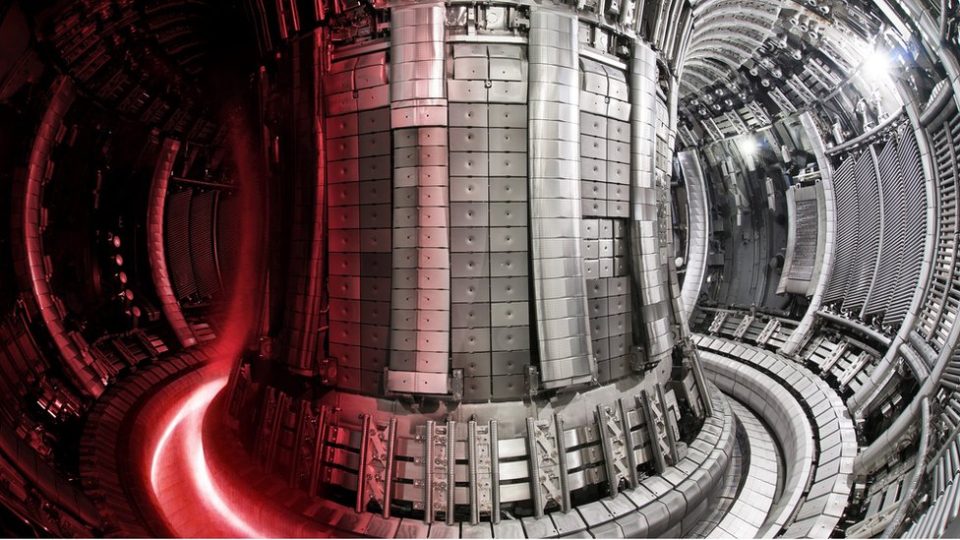Nuclear fusion, the process that powers the sun, is increasingly seen as the ultimate solution for clean, virtually limitless energy. In 2025, both public and private sectors are accelerating efforts, with major international collaborations and a surge in investment signaling that fusion-generated electricity could soon move from theory to reality. Yet, despite significant breakthroughs, commercialization remains a formidable challenge.
At the heart of the global fusion push is the International Thermonuclear Experimental Reactor (ITER), a massive project under construction in southern France. Supported by over 30 nations, ITER aims to demonstrate the feasibility of fusion at a scale never before attempted. The project’s latest milestone is the completion and testing of its central solenoid, the world’s most powerful magnet, built in the United States. This magnet is essential for creating an “invisible cage” to contain the ultra-hot plasma where fusion occurs. ITER’s timeline has faced repeated delays, but construction is now progressing at an unprecedented pace, with the start-up phase expected in 2033.
Recent experiments have demonstrated the growing viability of fusion. In March 2025, scientists sustained fusion plasma for 22 minutes, setting a new world record and providing valuable data for future reactor designs. Such achievements underscore the progress in plasma stability and confinement, two of the most significant technical hurdles in fusion research.
Fusion differs fundamentally from nuclear fission, the process used in today’s nuclear power plants. While fission splits heavy atoms and produces long-lived radioactive waste, fusion merges light hydrogen nuclei, generating helium and far fewer radioactive by-products. This makes fusion an attractive option for achieving net-zero emissions.
The fusion sector has seen a dramatic influx of private capital, with investment surpassing $7 billion by early 2025. Major energy companies and private startups are racing to build commercially viable reactors. Among these, Commonwealth Fusion Systems (CFS) stands out for its ambitious approach and rapid progress.
Just 30 miles outside Boston, in Devens, Massachusetts, Commonwealth Fusion Systems (CFS) is assembling the SPARC tokamak, a prototype fusion power plant that could become a transformative solution for global energy production. The SPARC reactor, being built in partnership with the Massachusetts Institute of Technology, is designed to be both compact and powerful. Its core is a donut-shaped device known as a tokamak, where atoms are collided within plasma heated to over 100 million degrees-hotter than the sun’s core-while powerful superconducting magnets, cooled to near absolute zero, contain the reaction.
The SPARC project has reached several milestones in 2025, including the installation of its massive 24-foot-wide, 75-ton cryostat base, which forms the foundation of the reactor. CFS uses high-temperature superconducting magnets made from yttrium barium copper oxide (YBCO), enabling stronger magnetic fields in a more compact design. The goal is to demonstrate a “fusion gain” (Q>1), meaning the reactor produces more energy than it consumes-a key threshold for commercial viability. CFS aims to achieve this milestone by 2027, with the first plasma expected in 2026.
What sets SPARC apart is its use of abundant fuels: deuterium from seawater and tritium from lithium. Unlike conventional nuclear fission, this process produces no long-lived radioactive waste and emits no greenhouse gases. If successful, SPARC could pave the way for ARC, a commercial fusion power plant targeting 400 megawatts of clean electricity in the early 2030s.
Forecasts for the first commercial fusion power plants vary. Some industry leaders predict grid-connected fusion by the early 2030s, while others argue that widespread commercialization before 2050 is unlikely. Still, the pace of progress is accelerating, and if key milestones are met, the fusion energy sector could grow rapidly in the next two decades.
Nuclear fusion is positioned at the threshold of a new era, with international collaboration, record-setting experiments, and unprecedented private investment driving the field forward. The SPARC reactor near Boston, built by Commonwealth Fusion Systems (CFS), is a leading example of how close the world may be to realizing the promise of unlimited clean energy.

